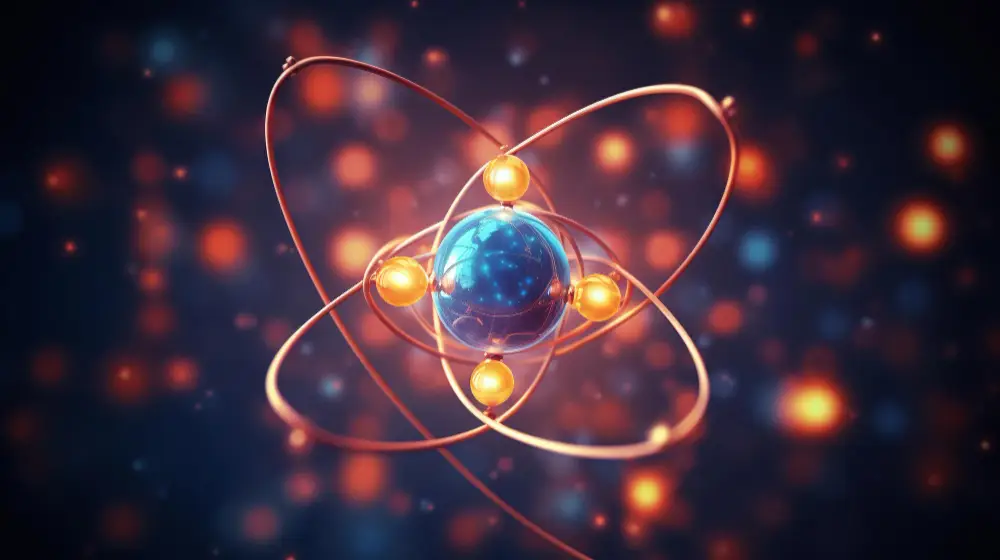
Nuclear structure study of Proton Halo Nuclei
Nuclear physics is the study of the fundamental features and interactions of atomic nuclei. Although nuclear physics is a very young science, it has had a significant impact that goes far beyond improving our knowledge of the nucleus and its properties. Our surroundings are composed of various nuclei. Understanding how nuclei and their constituent protons and neutrons form and evolve, as well as how each nucleus structure is unique, is therefore essential to comprehending the nature in which we exist. One of the unique distinctive nuclei is the proton halo nucleus [1].
Proton halo nuclei are exotic atomic nuclei with an excess of protons compared to stable nuclei. The structure and characteristics of these nuclei set them apart from other nuclei. For this reason, research on these nuclei gives nuclear scientists an endless number of opportunities. For proton halo nuclei, experimental data are often missing, while numerous theoretical investigations [2] have been proposed. For a general understanding, a precise theoretical interpretation is necessary.
The study and understanding of the atomic nucleus have advanced significantly in the last fifteen years. However, my perspective is limited to the various proton halo nuclei that can exist because the study of proton halo nuclei provides new surprises in the field of nuclear physics. Thus, it is crucial to investigate the structural effects of cluster decay [3] in the super-heavy mass region as well as the structure of different proton halo nuclei close to the drip lines.
For halo structure research, one helpful model is the Coulomb and Proximity Potential Model (CPPM) [4]. The halo structures in nuclei and their decay from super-heavy elements provide information about the possibility of their existence and the associated nuclear structure effects. The separation energy, potential energy surface, radius, deformation, and half-life [5] are all important aspects for the structural study of nuclei, in which half-life is the most significant attribute. Therefore, half-life computation needs special attention.
Research on proton halo nuclei contributes to our understanding of the basic processes of the universe and could advance technology for the benefit of mankind. These nuclei aid in the development of nuclear reactor technology, enhancing energy production efficiency and safety measures. Some isotopes generated from proton halo nuclei are used in medical diagnostics [6] and therapies, especially in applications such as positron emission tomography (PET) scans.
REFERENCES:
- Smith, A. B., & Johnson, C. D. (2018). Unraveling the mysteries of proton halo: A comprehensive review. Physical Review Letters, 120(5), 050801.
- García, M. A., & Martínez-Pinedo, G. (2022). Proton halos in light nuclei: A theoretical perspective. Nuclear Physics A, 1001, 121709.
- Wang, Y., & Li, Z. (2023). Cluster decay: Theory and experimental observations. Physical Review Letters, 125(15), 152301.
- Santhosh, K. P., Biju, R. K., & Joseph, A. (2008). A semi-empirical model for alpha and cluster radioactivity. Journal of Physics G: Nuclear and Particle Physics, 35, 085102.
- Anjali, K. P., Prathapan, K., & Biju, R. K. (2020). Studies on the emission of various exotic fragments from superheavy nuclei via cluster decay process. Nuclear Physics A, 993, 121644.
- Smith, J. D., & Johnson, R. A. (2019). Proton halo: A potential tool for cancer therapy. Journal of Radiation Oncology, 12(3), 145-157.




